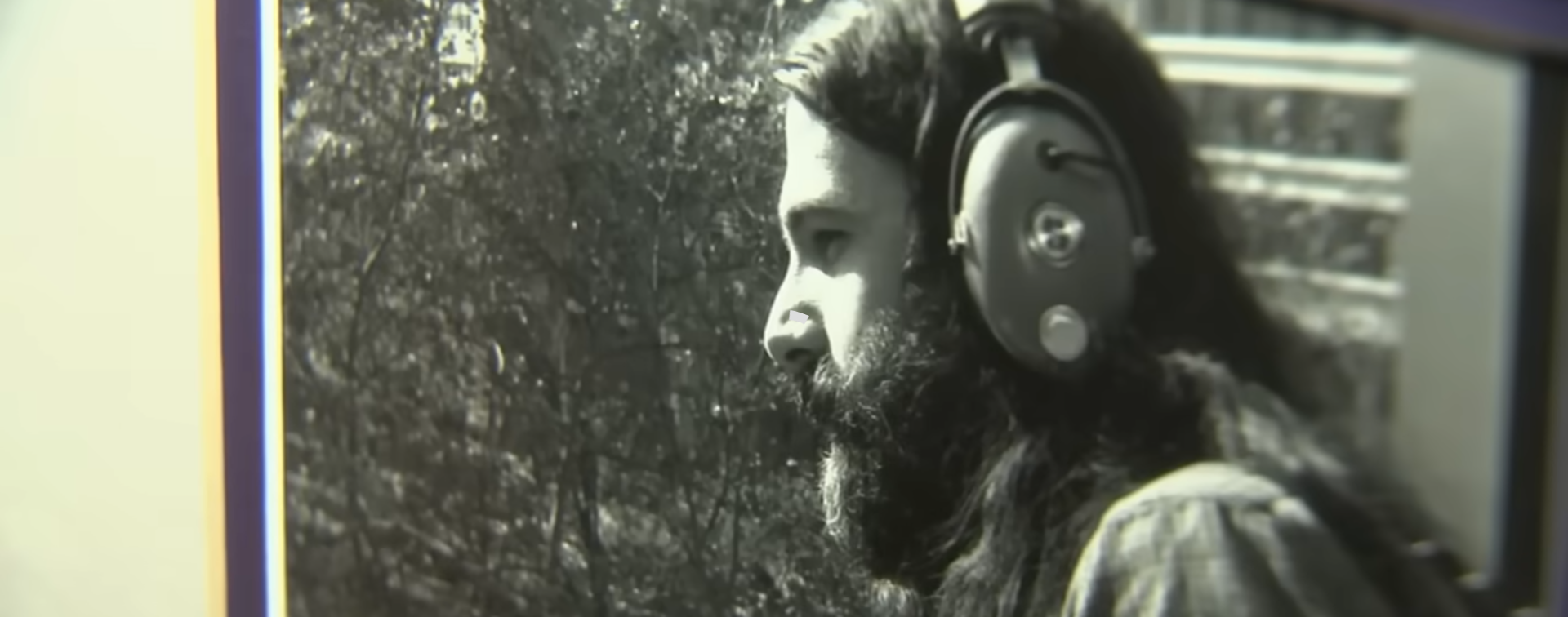-

·
Remembering Pierre Robert: 5 Lessons from a Philly Legend
If you’re not from the Philadelphia area, you might not recognize the name. Over the past four decades, Pierre Robert has been more than a voice on WMMR – he has been a presence. Known for his warmth, eccentricity, and unmistakable personality, Pierre formed an unbreakable bond with listeners. He wasn’t just a DJ –…
-

·
Writers’ Graveyard: Lessons from the Posts You Never Published
Every writer has a graveyard. Obviously, this isn’t a physical place. It’s a digital one cluttered with half-written drafts, blog posts that “weren’t ready,” and ideas that felt brilliant at midnight, but died in the light of day. The graveyard of unpublished essays, abandoned outlines, and just-needed-one-more-edit files grows quietly in the minds of content…
-
·
Three Versions of “I Put a Spell on You” — and What Content Creators Can Learn from Them
There’s something magical about “I Put a Spell on You.” It’s one of those songs that every generation discovers, partly because it’s more than just a song. Originally recorded by “Screamin’ Jay” Hawkins in 1956, the song was intended as a blues ballad. In Hawkins’ drunken stupor, the recording session transformed into something far more…
-

·
Content Editing as a Superpower: How to See the Flaws in Your Own Work
There comes a point in every content creator’s career where they hit a wall – not because they lack ideas, but because they have blind spots. After writing a blog post, script, or social caption, you read it and wonder, “How did I miss that? ” The truth is that editing your own work is…
-

·
Why Influencers Are Not Content Creators
Recently, a video of fitness influencer Jennifer (@jenniferrpicone) went viral. In it, she is seen adjusting her tripod and lifting weights for the camera, as well as snapping at another gymgoer for walking in the background. The moment didn’t blow up because of the workout but because of the disconnect it exposed: the difference between…
-

·
Why the Best Creators Think Like Teachers, Not Influencers
Many moons ago, I went to college to become a teacher. Life, however, had other plans. After falling into it, I pivoted into writing, and then into content creation. What’s funny is that as I’ve worked more in this field, I’ve realized something: real influencers don’t think like creators. They think like teachers. That’s not…
-
·
Radiohead’s Paranoid Android vs. Weezer’s Cover: What Cover Songs Can Teach Us About AI
In 1997, Radiohead released “Paranoid Android” on their masterpiece album OK Computer, which was unlike anything else on the radio. The track, over six and a half minutes long, features shifting moods, layered textures, and a dystopian vision. During their 2011 summer tour, Weezer also covered the track, including it both in a live studio…
-

·
Get Ahead of the Seasons: Fall and Winter Content Ideas That Work
In the world of content creation, timing is everything. No matter how creative your idea is, if it doesn’t connect with the season, it risks falling flat. In order to engage audiences, companies must provide relevant content that feels aligned with their current moment. Because of this, fall and winter are important seasons for creators:…
-

·
Huddle Up: What Football Can Teach You About Scoring Big with Content
On the surface, football and content creation don’t seem like they go together. There’s one sport played on a massive field, filled with intense tackles and raucous crowds. The other usually happens in a quiet room with just a person, their computer, and a cup of coffee. While the two worlds could not be more…
